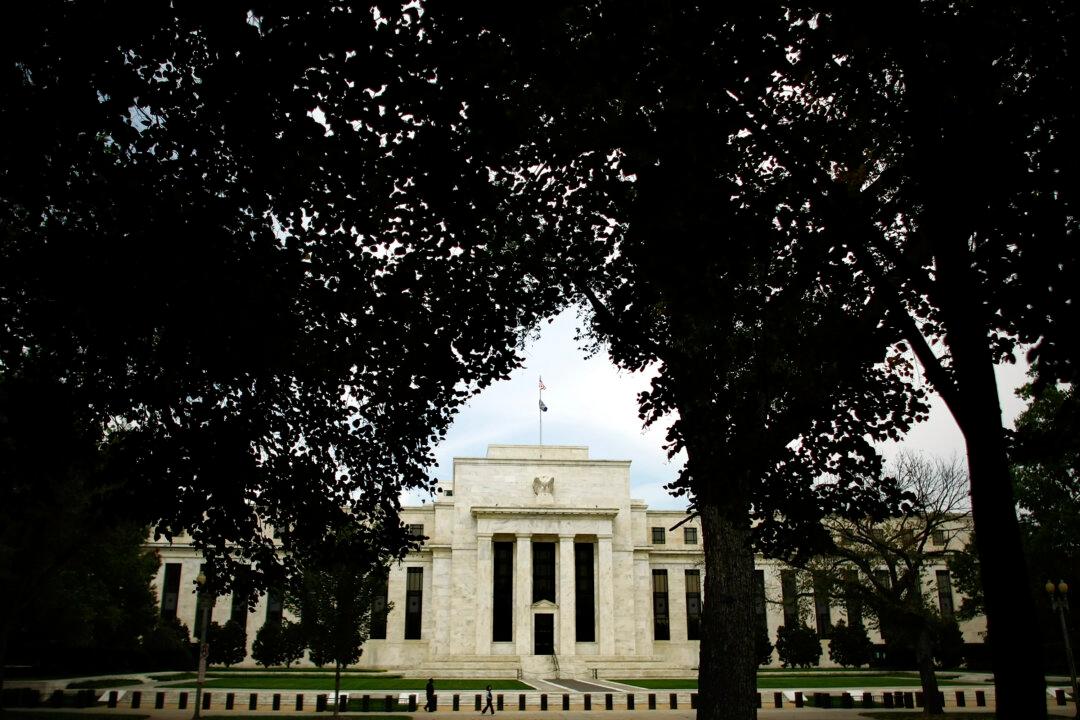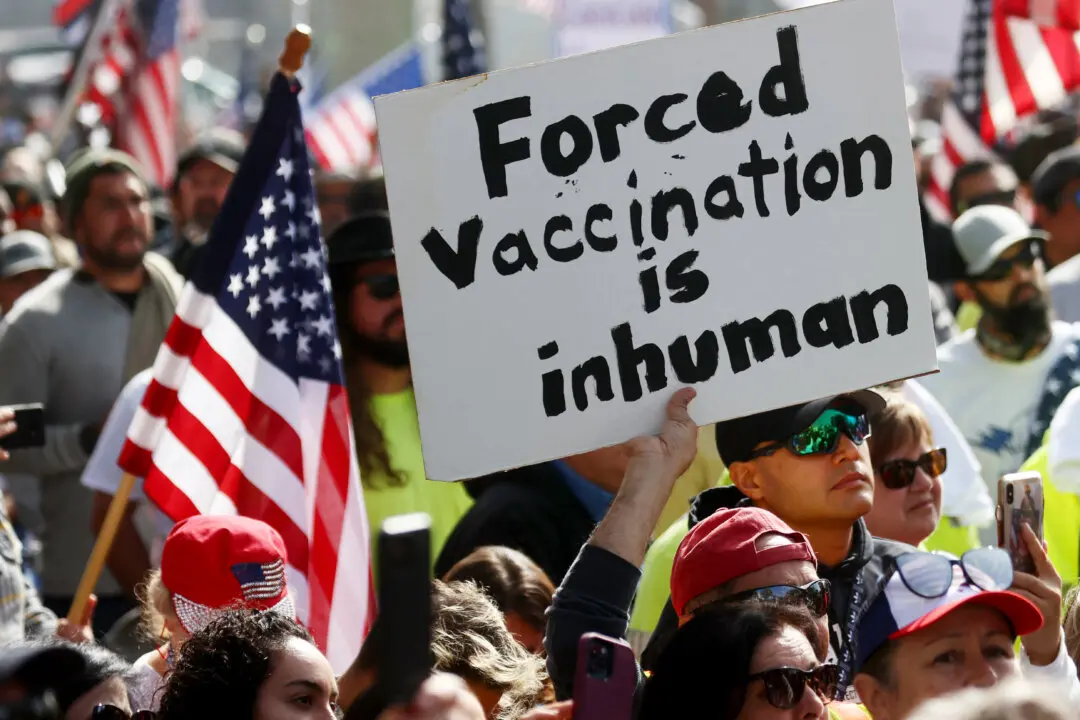Commentary
All of Wall Street—and major parts of Main Street—are once again looking to the Federal Reserve to solve the problem of sinking financials, rising unemployment, falling output, and shrinking investment. An economic crisis is either on the way or already here, and this could turn into a financial crisis. The temptation to fire up the printing press will be irresistible.





